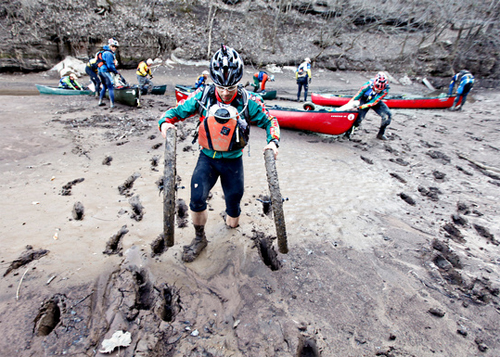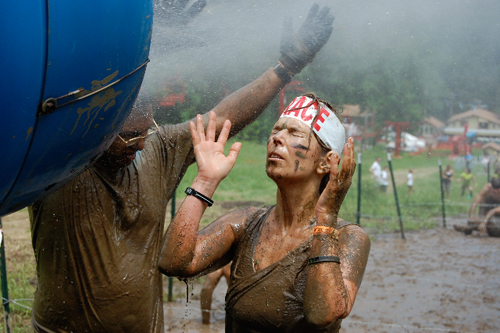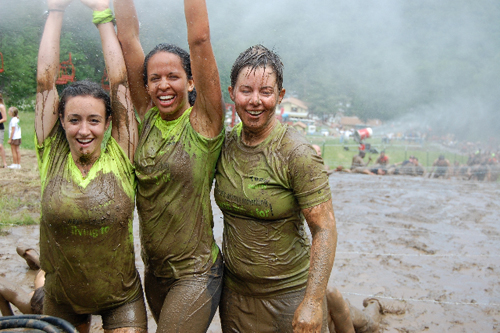“The hottest trend in adventure racing is negotiating obstacles like barbed wire and burning hay bales.” That quote comes from Outside magazine in reference to an article in the publication’s January edition, “American Gladiators,” which covers the rising trend of obstacle-course races like Muddy Buddy, the Spartan Race, Tough Mudder, and Warrior Dash. To anyone who has bushwhacked, mountain biked, paddled, and navigated with a map and a compass for hours or even days on a traditional adventure race like Primal Quest, the Wenger Patagonian Expedition, or Odyssey’s Endorphin Fix (myself included!), the “barbed wire and burning hay bales” reference is perplexing at best and perhaps insulting to dedicated “AR” athletes who have spent years honing wilderness skills and training their bodies for the rigors of an ultra-endurance sport.
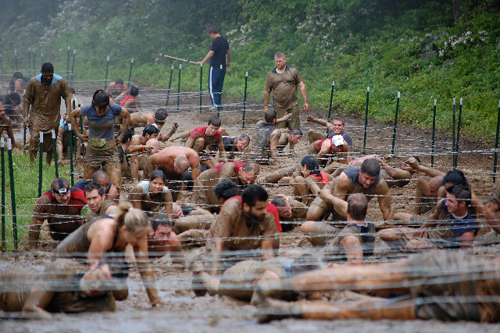
To be sure, the Spartan Race, Tough Mudder, and their ilk are bonafide challenges. They are undeniably popular, too, attracting almost 1 million participants last year, according to the Outside story. But can they be called “adventure races,” and does this increasingly common categorization of mud/obstacle races dilute the definition of traditional AR?
Not so says Paul Angell, president of Checkpoint Tracker, an organization that oversees a national ranking system and runs a popular adventure race series in the United States. “To the man on the street, any event that involves racing and anything they consider adventurous is ‘adventure racing,’” Angell said. He continued, “worrying about [the categorization] is a fool’s errand because the horse has left the barn.”
But Joe Desena, co-founder of the Spartan Race series, disagrees with Angell, citing major differences that delineate an obstacle race and an adventure race. Desena comes from traditional adventure-racing roots, including experience in multiday wilderness events. In a blog post last month, “Adventure Racing vs. Obstacle Racing,” he writes that the two terms are often used interchangeably “to the detriment of race organizers and competitors alike.”
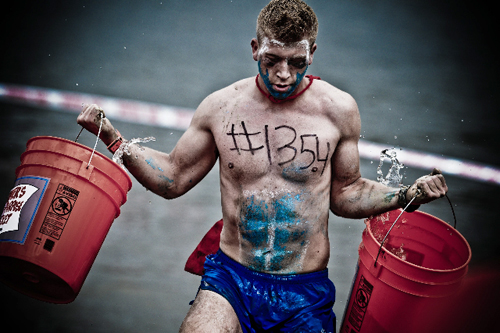
Desena continues, “when it comes right down to it, the only similarities that obstacle racing has with adventure racing is the running component and the use of obstacles.” In a race like the Spartan, participants face multiple military-inspired challenges the likes of crawling on their bellies uphill under barbed wire. Traditional adventure racing is more about deep wilderness, orienteering and navigation, teamwork (coed, four-person teams are the norm), route strategy, and managing exhaustion and sleep deprivation on checkpoint-laden courses that might take hours or even days to complete.
Checkpoint Tracker’s Angell, as noted, does not care so much about the categorization. But he agrees that the format and physical requirements put on participants of these two types of events differs widely, explaining that other than the fact that both take place outside there is not much in common. “Sure, some traditional adventure races include a mud pit,” Angell said. “Beyond that where exactly is the similarity? Navigation? Team format? Length? Disciplines?” His answer is a “no” to all points above.
